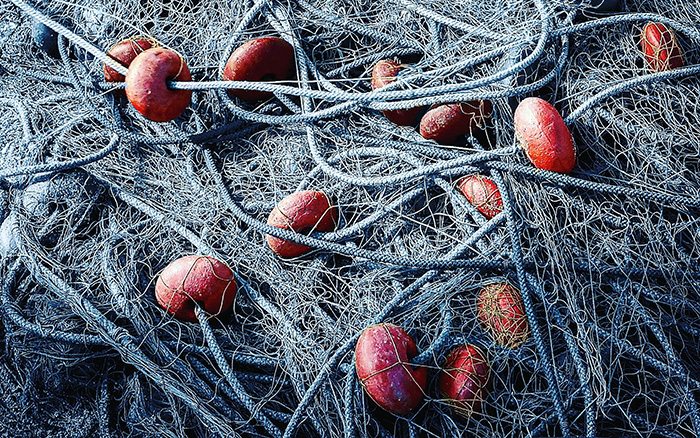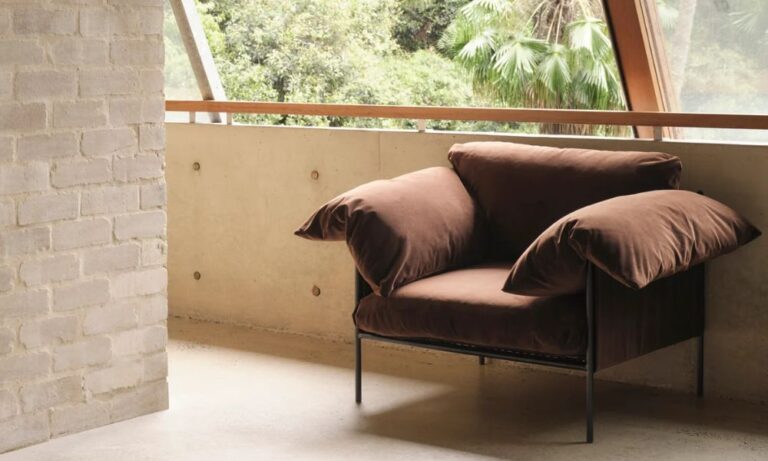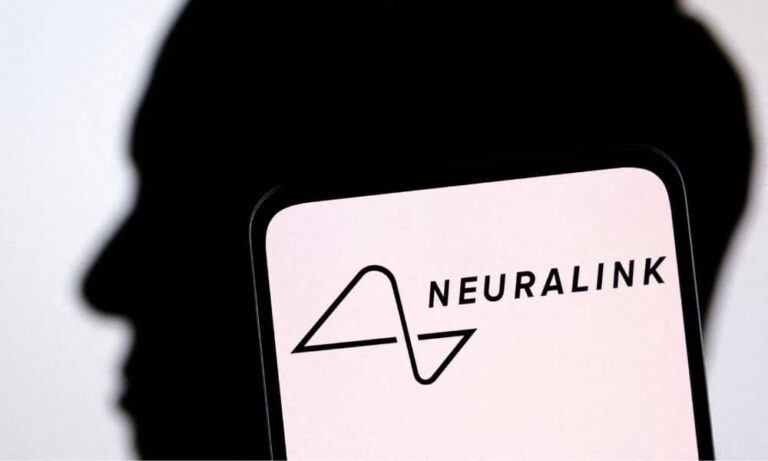Innovative New Zealand carpet manufacturer Cavalier Bremworth has delivered a first: using a regenerated nylon known as ECONYL® in its new range of hard-wearing luxury carpets. The Siren range offers an array of colours and patterns in a 100 per cent nylon solution dyed carpet.
To find out more about the special yarn Cavalier Bremworth is using, MiNDFOOD sat down with Fabrizio Calenti, vice president of Aquafil, the company which makes ECONYL® yarn out of spent fishing nets and other Nylon waste.
How did the relationship with Cavalier Bremworth come about?
Cavalier Bremworth has been our client for quite a long time, and we have been supplying nylon to them since around 2011-12. Cavalier is a fantastic partner for us and for the ECONYL® brand. Cavalier Bremworth sees the value of the ECONYL®ingredient in their carpets. They manufacture fantastic carpets, but they also see the value of telling their clients who buy their carpets about a sustainable ingredient.
Tell us more about ECONYL® fiber .
It’s a journey that started in 2007-08 with a challenging R&D adventure which involved a number of research institutes and different experts in different technologies. We started a process to develop a technology allowing us to recycle nylon – it also allowed us to save up to 50 per cent of the CO2 emissions. The challenge was that there is no such thing as pure nylon products. Differentiated garbage collections usually focus on packaging material which is pure, like glass or wood or PET bottles. Nylon is a high-performance polymer – it’s a very expensive polymer – so it’s not used for packaging. So we had to focus on finding products containing nylon, because you can’t find pure nylon products to recycle.
We started working with the fishing industry and it was a nice surprise: a lot of fishnets are made of nylon, particularly fishnets used in the fish farming industry.
We started exploring the possibility of recycling fishnets and the fishing industry was very responsive. So we developed a reverse logistics system: we take back fishnets, predominantly from the fish farming industry. These fishnets are collected from all over the world – from Chile, Norway, Pakistan, Scotland – and shipped back to Slovenia, where we wash them, because it is not only nylon that we regenerate.
What happens with the parts of the nets that you can’t use?
Good question..
As of today, what is not Nylon in the “nylon containing waste” which we recycle cannot (obviously) become ECONYL Nylon. It is therefore sent (predominantly) to incineration. However, in line with our commitment to work with the supply chains generating the post consumer wastes which we recycle, we jointly explore ways to make the regeneration of their products easier, and effective.
We also support other activities pursuing different ways to reduce, (not only by mean of end of life regeneration, but also in different ways) those product’s environmental foot print.
In the fish farming value chain Our support consists of investments in joint programs to study ways to reuse the material contained in fish farming fish nets which is not Nylon. Some of those materials, like copper, could certainly deliver value, and not only from an “intangible stand point”.
Furthermore, we actively participate, (making available knowledge, and financial resources) to research programs to identify biocides which could substitute copper, and could deliver a similar, or even better, antifouling effect. All of the above is part of the next chapter of the ECONYL journey. It will be even more exciting, and more rewarding, than the first one”.
What started you down the recycling route?
We had a large nylon company and we produced close to 100,000 tonnes of nylon every year – which is a big number. It was the vision of our chairman. I can tell you an interesting story: our chairman, Giulio Bonazzi, felt it was a necessity to start something that was something more sustainable.
How is the regenerating process for ECONYL® fiber different?
The most simple way to recycle plastic is you get the plastic product, you melt it, you produce a plastic pellet and you reuse it. Nylon is more complicated because the product is hardly ever pure. So if you melt a product that contains nylon, as it is not pure, you get a much lower quality. You can recycle nylon by melting it, but you downgrade and at the end of the day, you cannot use it any more.
The recycling we do is a chemical recycling, so we separate the nylon from the non-nylon components, then we depolymerise the nylon chemically, so we go back to the monomer in a chemical process. By doing so, we get pure nylon without any pollution from the non-nylon product.
Any plans to expand recycling further?
Oh yeah. It is a journey. And sometimes you have bumps, but you have more rewards than bumps. The bulk of the post-consumer waste [that we regenerate] comes from the fishnet industry, then the carpet industry. We do recycle a significant quantity of nylon textiles and waste from the garment industry. But we are also looking to the automotive industry. In every car you have – give or take – 250kg of plastic and about 50kg of that is nylon. We are actively working on R&D that would allow us to reuse the nylon content in automotive products. So that would be the next part of the story.
Designing for recycling is very complicated and you cannot do it just as a company, you have to do it with with your client and Cavalier Bremworth is a fantastic partner. They really believe in this. Even with Cavalier Bremworth, it’s a journey that just started.







